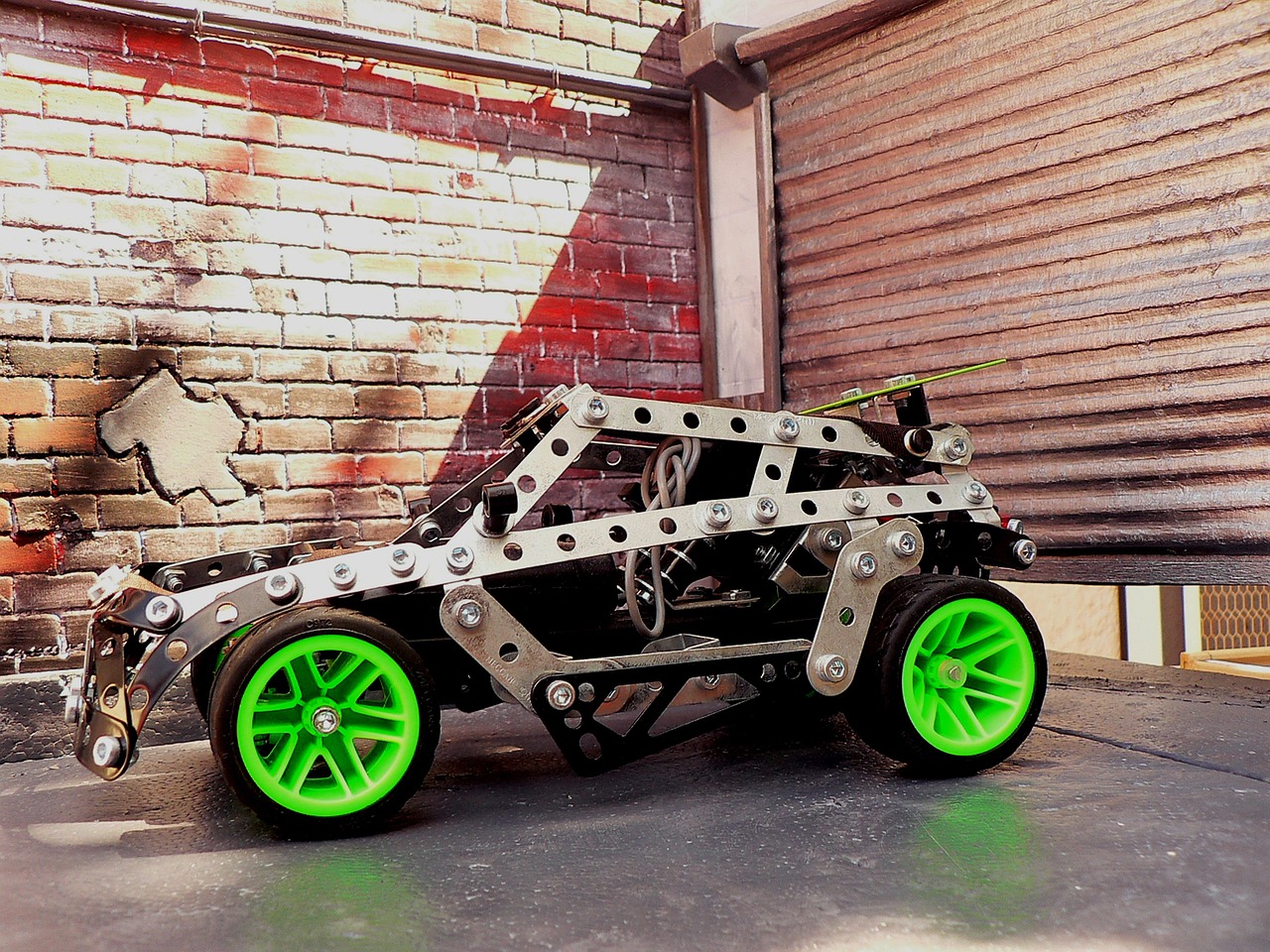Driving innovation and propelling the manufacturing industry onward, automotive die casting plays an important role in delivering top-notch results. It molds the elegant exteriors and complex internal components of our cars. Why is it essential for modern car production? Uncover the important facts about automotive die casting, and witness how it’s propelling us towards a future filled with precision engineering and cutting-edge technology. Strap in, and prepare for an exhilarating journey!
The Process of Automotive Die Casting
Die Design Mastery:
- It all begins with the artistry of die creation. Crafting a metal mold tailored to perfection ensures that each automotive part emerges with the desired specifications. It’s like the haute couture of car manufacturing!
Metal Magic:
- Picture this: molten metal flowing like liquid gold into the die. Whether it’s aluminum or zinc, the injection process at high pressure guarantees thorough coverage, creating the foundation for a resilient masterpiece.
Cooling Choreography:
- As the molten metal cools and solidifies within the die, it’s like witnessing the transformation of raw potential into a solid, sophisticated automotive component. The cooling process is the ballet of metallurgy.
Revealing the Masterpiece:
- With a flourish, the die is opened, unveiling a flawlessly casted automotive part. Precision and surface finish take center stage, showcasing the craftsmanship that defines automotive die casting.
Post-Casting Symphony:
- The show doesn’t end there. Post-casting treatments add the finishing touches. Trimming excess material, banishing imperfections, heat treatment for an extra dash of strength – it’s like the spa day every automotive part deserves.
Automation Extravaganza:
- Imagine a symphony conducted by machines. Modern die casting facilities, armed with advanced technology and automation, ensure a seamless and efficient production line. It’s a dance of precision and speed.
This intricate process, coupled with advanced technology, positions automotive die casting as a preferred method for manufacturers seeking both efficiency and exceptional quality. It sets the stage for exploring the numerous advantages that make this technique a cornerstone in the automotive industry. Looking forward to delving deeper into those advantages!
Advantages and Disadvantages of Using Automotive Die Casting
Advantages:
- Precision and Accuracy: Die casting allows for the production of intricate and precisely detailed automotive components, ensuring consistent quality across all parts.
- Cost-Effectiveness: Compared to other manufacturing methods, die casting can significantly reduce production costs due to less material waste and lower labor requirements.
Mechanical Properties:
- Automotive die casting provides parts with excellent mechanical properties, including high strength-to-weight ratios and good thermal conductivity. This is important for components that need to endure tough conditions while remaining lightweight.
Disadvantages:
- Limited Material Choice:The die casting process is limited in terms of material choice compared to processes like machining or injection molding. While alloys like aluminum and magnesium are commonly used, specific applications may demand materials not suitable for die casting.
- Initial Tooling Cost: The setup cost for creating custom dies can be expensive upfront. However, this cost becomes more economical over time, especially when producing large quantities of parts.
- Post-Processing Requirements:Despite excellent surface finishes straight out of the mold, certain applications may require additional post-processing for higher cosmetic standards.
Automotive die casting emerges as a preferred method due to its ability to produce intricate designs with precision at a lower cost compared to alternative methods. The utilization of high-performance materials further enhances its appeal, although considerations such as limited material choices and initial tooling costs are important factors to weigh.
Types of Materials Used in Automotive Die Casting
Let’s take a look at some of the characters involved in crafting high-performance components in the automotive industry:
Aluminum: Picture a superhero with the perfect balance of lightweight agility and unyielding strength. That’s aluminum for you. It’s the go-to choice for engine components, transmission cases, and structural parts, flaunting excellent thermal conductivity and a shield against corrosion.
Zinc: Meet the master of intricate designs and thin-walled elegance. Zinc alloys are like the artists of the group, often seen in door handles, brackets, and decorative trim. Why? Because they boast a low melting point and unrivaled dimensional stability.
Magnesium: Think of magnesium alloys as the weight-loss champions. They bring a remarkable strength-to-weight ratio to the table, contributing to significant weight reduction without compromising an ounce of performance or safety standards.
Copper: The electrical virtuoso of the crew. Copper-based alloys have a knack for conducting electricity and transferring heat with finesse. This makes them the go-to choice for roles like electrical connectors and heat sinks, where staying cool under pressure is key.
Steel: While not in the spotlight as much as its non-ferrous counterparts, steel plays a heavyweight role when strength is non-negotiable. It takes the stage in structural components like suspension systems or chassis parts, bringing the brawn needed for the toughest jobs.
With this diverse lineup, automotive manufacturers wield the power to strategically choose materials based on specific component demands. Whether they’re prioritizing weight reduction, cost-effectiveness, or specialized properties, this flexibility allows for the creation of high-quality and efficient automotive components. It’s like assembling the dream team for every performance on the road.
How to Choose the Right Die Casting Company for Your Automotive Needs
Choosing the right die casting company is like finding the perfect dance partner for a manufacturing waltz. Let’s jazz it up a bit:
1. Experience:
- Go for a company with a history as rich as a classic car collection. Years of experience mean they’ve waltzed through the complexities of automotive die casting, ensuring a seamless production performance.
2. Capabilities and Facilities:
- Ensure the company’s equipment is as cutting-edge as a sports car. Inquire about their facilities, like checking under the hood of a high-performance engine, to make sure they have the tech-savvy to handle your project’s twists and turns.
3. Quality Control:
- quality control is the compass that guides the automotive manufacturing journey. It ensures that every component is a testament to precision, reliability, and the pursuit of perfection on the open road. So, when you see a flawlessly crafted car part, know that quality control plays an important role in making it road-ready.
4. Communication:
- Choose a die casting company that communicates like your favorite radio station – clear, constant, and responsive. They should be as attentive as a good co-pilot, providing regular updates, addressing concerns, and keeping you in the loop on your project’s scenic route.
5. Cost-Effectiveness:
- While we’re not negotiating over vintage car prices, finding a balance between quality and affordability is key. It’s like negotiating for the coolest ride on the lot – ensuring you get the best value for your automotive investment.
By considering these factors – experience, capabilities/facilities, quality control measures, cost-effectiveness, and good communication – you’re essentially choosing a dance partner who can cha-cha through the complexities of automotive manufacturing with style and precision. So, put on your favorite driving gloves and confidently select the die casting company that not only meets your technical specifications but also grooves to the beat of your expectations for quality, reliability, and effective communication throughout the project. Let the automotive manufacturing dance begin!
Conclusion
Automotive die casting stands as a cornerstone in the automotive industry’s progress, marked by its intricate design capabilities and versatile material applications. Its inherent advantages, such as cost-effectiveness, high production rates, dimensional precision, and lightweighting. Despite initial challenges like tooling costs and material limitations, strategic planning and alloy choices offer solutions.
The dominance of materials like aluminum and zinc alloys, coupled with ongoing research into tailored alloys, showcases the adaptability of automotive die casting. The comprehensive process involves mold creation, precise molten metal injection, and stringent quality control measures to ensure adherence to exact specifications.
As global technology advances, the integration of automation in automotive die casting promises faster cycle times and consistent quality in mass production. With a commitment to ongoing innovation, this manufacturing method is poised to be an important force in shaping the future landscape of the automotive industry.




